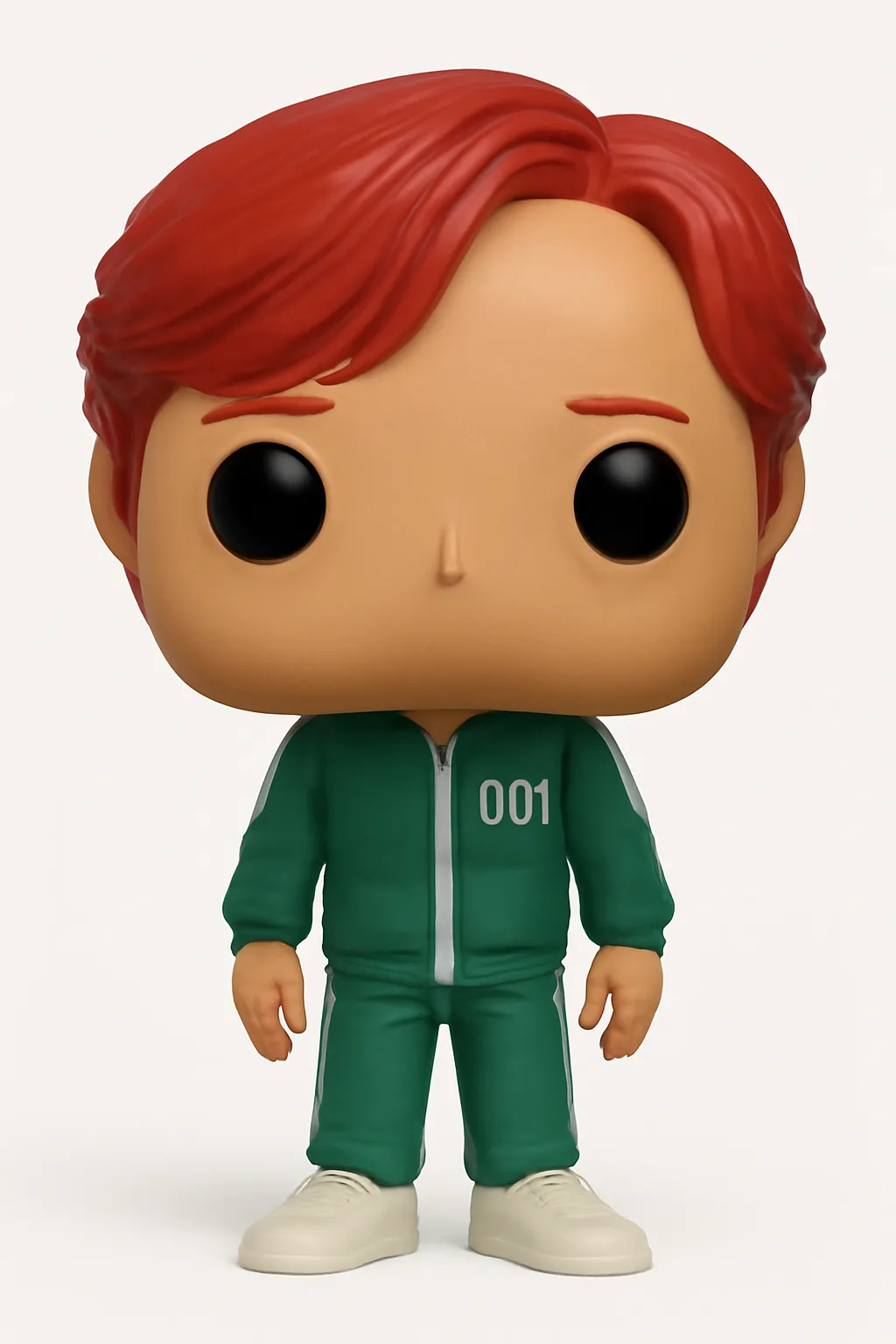Absolutely! Launching a direct-to-consumer (DTC) skincare startup is exciting but challenging. A realistic month-by-month roadmap keeps you focused, helps manage expectations, and guides resource allocation. Below is a detailed 12-month plan with key milestones, focus areas, and common pitfalls to watch out for.
Month 1: Research & Validation
Focus:
- Conduct thorough market research: understand competitors, customer needs, pricing, trends.
- Validate your product concept with potential customers (surveys, interviews).
- Define your unique value proposition (UVP) and brand positioning.
- Begin formulating initial skincare product(s) or partnering with a manufacturer.
Milestones:
- Market research report completed.
- Customer personas and pain points identified.
- UVP and brand messaging drafted.
Traps to Avoid:
- Skipping validation and assuming you know what customers want.
- Overcomplicating product lineup — focus on creating 1-2 hero products.
Month 2: Product Development & Branding
Focus:
- Finalize product formulations with a lab or manufacturer.
- Develop initial branding (logo, packaging concept, brand story).
- Plan out regulatory requirements (FDA compliance, ingredient declarations).
Milestones:
- Prototype products ready.
- Brand identity assets developed.
- Regulatory checklist created.
Traps to Avoid:
- Rushing product formulation without proper testing.
- Over-investing in branding before product-market fit is confirmed.
Month 3: MVP Development & Website Setup
Focus:
- Build a Minimum Viable Product (MVP) website optimized for DTC sales.
- Set up e-commerce platform (Shopify, WooCommerce, etc.).
- Start creating content (blogs, product photos, videos).
Milestones:
- Functional e-commerce website live with basic products.
- Initial product descriptions and content created.
Traps to Avoid:
- Launching a site with poor UX/UI.
- Delaying launch to make it “perfect” — better to iterate with real user feedback.
Month 4: Pre-Launch Marketing & Community Building
Focus:
- Build an email list via landing pages with lead magnets.
- Establish social media presence (Instagram, TikTok, Pinterest).
- Start influencer outreach and PR efforts for partnerships.
Milestones:
- 500+ email subscribers.
- 1,000+ social media followers combined.
- Initial influencer/PR conversations initiated.
Traps to Avoid:
- Buying fake followers or email lists (zero engagement, wastes money).
- Spreading marketing too thin across too many platforms.
Month 5: Soft Launch & Feedback Collection
Focus:
- Open website to early customers (friends, family, beta users).
- Collect feedback on product and purchase experience.
- Monitor logistics, fulfillment, and customer support closely.
Milestones:
- First 50-100 customers acquired.
- Customer feedback report compiled.
- Order fulfillment process documented.
Traps to Avoid:
- Ignoring negative feedback or product flaws.
- Underestimating logistics challenges (shipping delays, returns).
Month 6: Official Launch & Paid Acquisition Testing
Focus:
- Launch marketing campaigns focusing on paid ads (Facebook, Instagram).
- Start content marketing: how-tos, skincare tips, brand storytelling.
- Implement referral or loyalty programs.
Milestones:
- Launch campaign ROI tracking set up.
- 500+ customers acquired.
- Referral program live.
Traps to Avoid:
- Overspending on ads before optimizing campaigns.
- Not tracking CAC (Customer Acquisition Cost) and LTV (Lifetime Value).
Month 7-8: Optimize & Scale
Focus:
- Analyze marketing data: optimize paid ads and organic channels.
- Expand product line if validated by sales data.
- Improve website UX based on customer behavior.
Milestones:
- Improved conversion rates (target 2-3%+).
- Launch of 1-2 complementary products.
- Lower CAC and higher repeat purchase rate.
Traps to Avoid:
- Expanding product range prematurely.
- Ignoring customer support issues.
Month 9-10: Grow Customer Loyalty & Brand Awareness
Focus:
- Strengthen CRM (email marketing, retargeting).
- Introduce subscription or bundle options.
- Collaborate with influencers for organic reach.
Milestones:
- 25-30% repeat purchase rate.
- Launch subscription model.
- Several influencer partnerships initiated.
Traps to Avoid:
- Neglecting existing customers chasing only new ones.
- Failing to personalize communication.
Month 11: Prepare for Scale & Operations
Focus:
- Streamline supply chain, negotiate better manufacturing terms.
- Improve inventory management for demand spikes.
- Test international shipping if applicable.
Milestones:
- Cost of goods sold (COGS) reduced by 10%+.
- Operations SOPs documented.
- International shipping pilot launched or planned.
Traps to Avoid:
- Scaling too fast without operational readiness.
- Inventory stockouts or overstock issues.
Month 12: Review & Strategic Planning
Focus:
- Review yearly KPIs (sales, CAC, LTV, churn).
- Plan next 12 months (growth, product innovation, funding).
- Celebrate wins and communicate brand story externally.
Milestones:
- Full business performance report.
- Roadmap for year 2 drafted.
- Initial investor/deal discussions if relevant.
Traps to Avoid:
- Getting complacent; always iterate and innovate.
- Ignoring competitor or market shifts.
Summary Table
| Month | Focus Area | Key Milestone | Common Trap |
|---|---|---|---|
| 1 | Research & Validation | Market & customer validation | Skipping validation |
| 2 | Product Development & Branding | Prototype & branding ready | Rushing formulation |
| 3 | Website & MVP Setup | MVP website live | Delaying launch |
| 4 | Pre-launch Marketing & Community | 500+ emails, social presence | Fake followers, spreading thin |
| 5 | Soft Launch & Feedback | First 50-100 customers | Ignoring feedback |
| 6 | Official Launch & Paid Ads | Paid campaign ROI tracked | Overspending on ads |
| 7-8 | Optimize & Scale | Launch complementary products | Product line expansion too soon |
| 9-10 | Customer Loyalty & Brand Awareness | Subscription launched | Neglecting existing customers |
| 11 | Scale & Operations | Cost efficiency & SOPs | Operations not ready for scale |
| 12 | Review & Plan | Yearly KPI report, Year 2 roadmap | Getting complacent |
If you want, I can also suggest specific tools, marketing approaches, or product ideas tailored for your skincare startup. Would you like help with that?
Inputs used
First-Year Startup Roadmap 🚨
Prompt body









